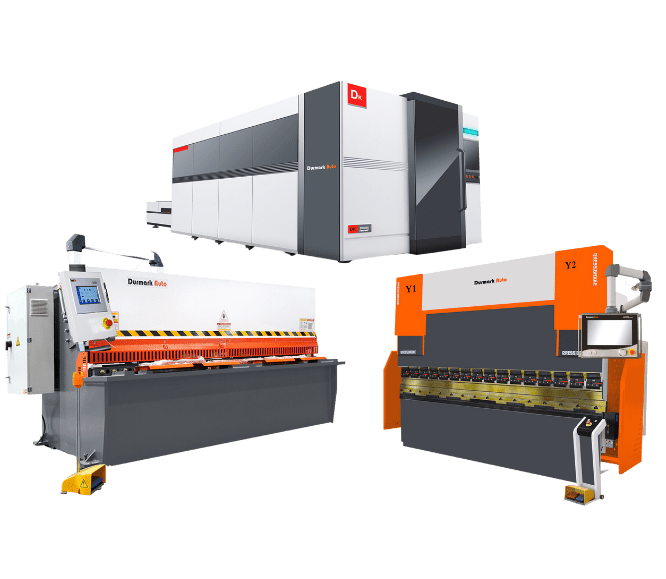
Request a Quote

Request a Quote

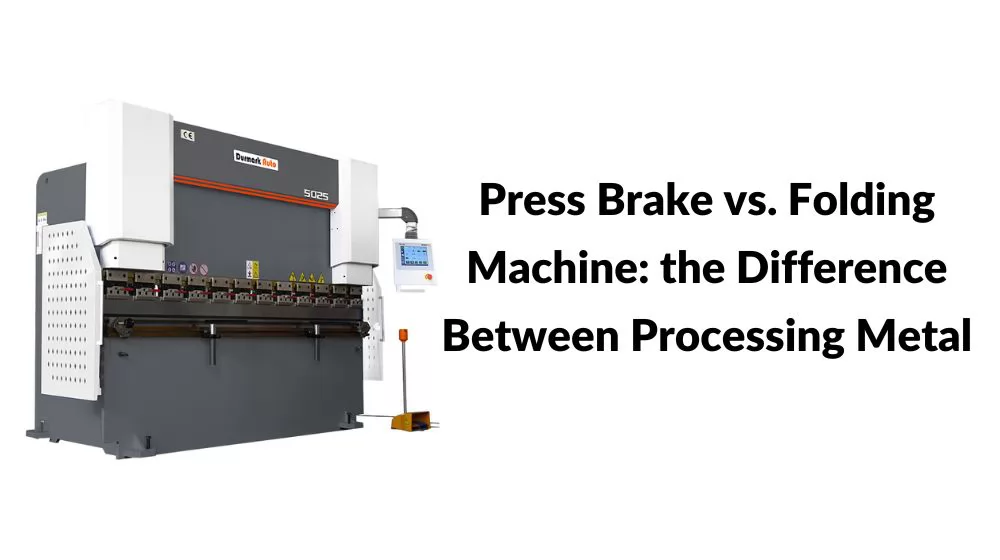
In the field of metal processing, press brake machines and folding machines are two common types of equipment used to process metal materials. Although their purpose is to shape metals, there are significant differences in operating principles, scope of application, and processing methods. This article will delve into the differences between bending machines and folding machines to help you better understand their characteristics and application scenarios.
What is a press brake machine
press brake machine is a special mechanical equipment for processing and changing the shape of sheet metal. Its main function is to bend, fold and form metal sheets to meet different design requirements and manufacturing needs.
A press brake machine usually consists of several components. First is the fuselage, also known as the machine tool, which provides the structural support for the entire machine. A table is a platform for placing and fixing sheet metal, ensuring that the workpiece remains stable during machining. The pressure system is the part used to apply force, usually hydraulic or mechanical, to bend the sheet metal. A control system is used to adjust and monitor the entire bending process to ensure accuracy and precision.
Types of press brake machines
There are many types of press brake machines to choose from. Manual press brake machine is suitable for simple and small-scale processing; mechanical press brake machine has medium processing capacity; hydraulic press brake machine can provide high processing capacity and precision; CNC press brake machine realizes automation and high-precision processing; pendulum press brake machine For large workpieces and special shapes. According to the specific processing needs and budget, you can choose the appropriate type of press brake machine.
Application range
metal processing industry
The press brake machine is one of the indispensable equipment in the metal processing industry. They are used to make various metal products, such as pipes, angle irons, metal boxes, parts and so on.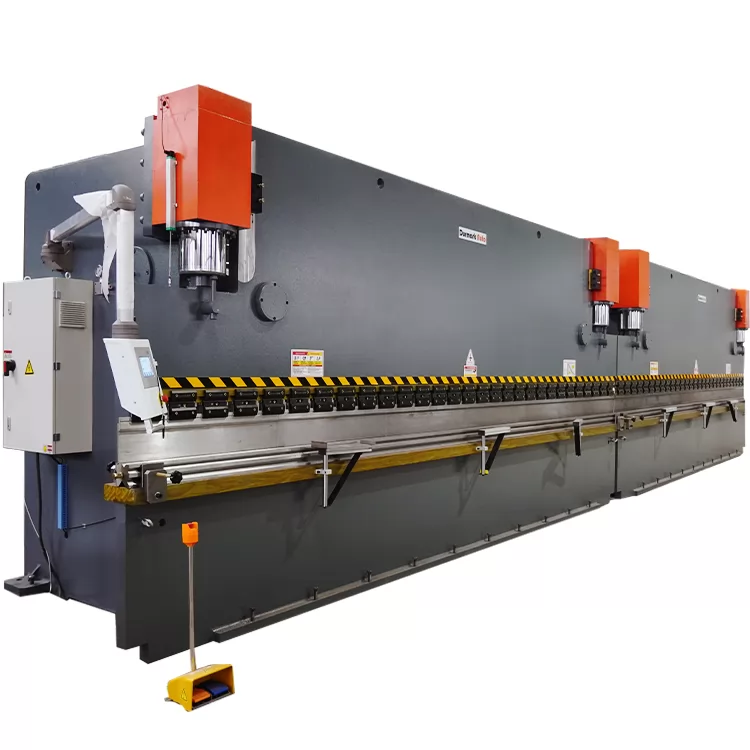
achitechive
press brake machines are used to make building materials such as metal roofs, wall panels, window frames and more. They can bend sheet metal into desired shapes and sizes according to architectural design requirements.
Automotive Manufacturing
press brake machines play an important role in the automobile manufacturing industry. They are used to make automotive components and body structures such as doors, hoods, chassis, etc.
aerospace industry
press brake machines are widely used in the aerospace industry to manufacture aircraft parts and structural components of aircraft. They are capable of processing high-strength and lightweight metal materials to meet the material performance and precision requirements of the aerospace industry.
Electronic Equipment Manufacturing
press brake machines are used to make housings and structural components of electronic equipment. They bend sheet metal into various shapes to accommodate and protect electronic components.
What are the advantages of press brake machine
press brake machines have the advantages of high efficiency, precision, flexibility, automation, resource saving and safety. They can quickly complete the processing of sheet metal, provide precise bending angles and dimensions, adapt to different processing needs, and improve production efficiency through automation functions. At the same time, the press brake machine can maximize the use of raw materials and reduce waste, while ensuring the safety of operators. These advantages make the press brake machine widely used in the manufacturing industry.
Disadvantages of press brake machine
Disadvantages of press brakes include high cost, expertise required, restrictions on shape and size, limited material adaptability, and space and facility requirements. Despite these shortcomings, the press brake machine is still an important processing equipment, and its advantages often make up for these shortcomings, providing efficient and accurate metal processing solutions.
Points to note when operating a press brake machine
The following points need to be paid attention to when operating the press brake machine: ensure safe operation, be familiar with machine functions, select appropriate molds and processes, adjust the accuracy of parameters, check before preparation work, monitor the processing process, and perform maintenance. Following these precautions will ensure safe operation of the press brake and high-quality machining results. If in doubt, consult a professional or the equipment manufacturer.
What is a folding machine
A folder is a precision machine tool used to bend and fold metal. Unlike traditional press brake machines that use punches and dies, folding machines use a unique operating concept.
Folding machines use upper and lower beams to clamp the workpiece to ensure its stability. The upper and lower beams are located above and below the workpiece respectively, and are clamped by a hydraulic system. In this way, the workpiece is able to maintain a firm position on the table of the folding machine.
During the operation of the folding machine, a third beam is also introduced, called the folding beam. This beam is mounted on the side of the machine and is able to swing. The swinging of the folding beam is carried out along the desired folding line, thus realizing the folding of the metal. The angle and position of the folding beam can be adjusted according to the requirements of the workpiece to obtain the desired folding shape.
By using a folder, the operator can precisely control the metal folding process. A control system on the machine tool allows the operator to set the motion parameters of the folding beam, such as swing angle, speed and position. The adjustment of these parameters can be optimized according to specific folding needs to ensure the best folding results.
Features of the folding machine
There are various levels of folders, but they all follow the same sequence to airbend to the desired angle: position -> clamp -> bend. The process is ideal for flexible applications, as the tooling is not specific to the desired material thickness or angle. The "universal" cutter geometry allows unlimited angular possibilities and reaches maximum machine capacity and height. Thanks to the unique process of folding the swing beam, these tools should last for many years. Use a flat tool to bend the flange to the correct angle, eliminating scratches or slippage on the workpiece. Not only does this mean higher quality parts, but it also means virtually zero tool wear.
There are many types of folders. On systems equipped with segmented clamping tools, new parts can be set up by rearranging the tool segments on the tool rail. Machines without an automatic tool changer still simplify the setup process by telling the operator where to place the tool stations. This common tool enables quick changeover between parts and makes it easy for a single employee to program, operate and set up machines for any compatible part.
The clamping tool of the folder allows the folding beam to be bent at an acute angle for hemming applications. This acute angle is then positioned under the clamping tool foot to close the hem to a specific height. This height can be selected for parallel hems, teardrop hems, or even open hems used in assemblies.
When a part needs to be formed into a large radius, the same tool can be used on a folded beam to smoothly make incremental bends until the desired radius is reached.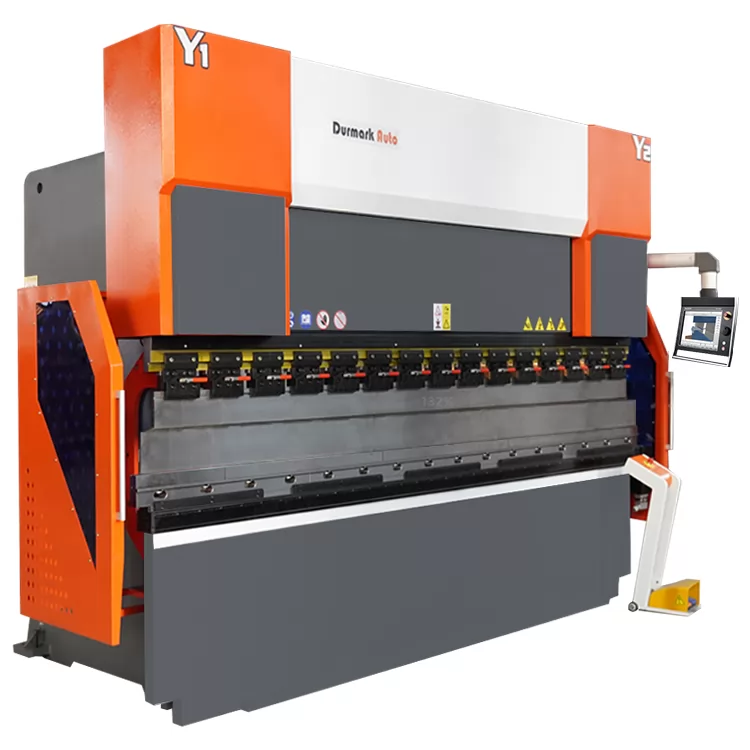
Application range
A folding machine is a piece of machinery used exclusively in the sheet metal industry for the precise, consistent folding process of thin, lightweight materials. It has a wide range of applications in many fields and is particularly suitable for the manufacture of components such as roofs, pans, trays and lids.
It is suitable for handling thin, lightweight metal materials and enables precise and consistent folding processes. Whether in the manufacture of roofs, pans or other components, folding machines provide high efficiency and productivity, especially beneficial for small and medium-sized manufacturing industries. Advantages of folding machine.
Advantages of folding machine
The folding machine is characterized by high precision, fast setup, suitable for sensitive materials and decorative parts. It adopts CNC control and drive system, eliminates tolerances and automatically adjusts material thickness. The operation is simple and safe, and can provide high efficiency and quality assurance. Folding machines play an important role in the field of metalworking.
Disadvantages of folding machine
Compared with press brake machines, folding machines are not suitable for processing large-sized sheet metal. While folding machines are good at creating consistent and precise folds, they are not as common at creating a wide variety of bend types. Additionally, the initial investment for a high-quality folding machine can be large, although these costs are usually offset by the machine's efficiency and productivity advantages.
Therefore, it would be beneficial for most sheet metal fabrication industries to understand the function of a folding machine, the concept of a folding beam, its applications, and its advantages and disadvantages. This knowledge can help you make informed decisions when selecting machines to ensure the efficiency, quality and safety of your operations.
Material type
press brake machines mainly bend metal sheets by using punches and dies. It is suitable for processing larger size and thicker sheet metal such as steel plate and aluminum plate. press brake machines are capable of various bending shapes and angles and create precise bend lines on sheet metal.
In contrast, folding machines are mainly used for folding thin and light materials. It achieves the folding of the metal by clamping the workpiece and utilizing the swing of the folding beam. Folding machines are suitable for processing thin sheet metal such as stainless steel and aluminum alloys. It performs well at creating consistent, precise folds and is especially useful in the sheet metal industry where a high degree of precision and consistency is required.
Functional use
press brake machines are mainly used to bend metal sheets, which can achieve various bending shapes and angles. It is suitable for processing larger size and thicker sheet metal such as steel plate and aluminum plate. press brake machines are widely used in the manufacturing industry to produce a variety of metal products, including body parts, machine parts, furniture, building structures, and more. It plays a key role in manufacturing to meet complex bending needs and ensure the accuracy and quality of metal products.
Folding machines are mainly used for folding thin and light materials. It achieves the folding of the metal by clamping the workpiece and utilizing the swing of the folding beam. Folding machines are used in a wide variety of applications in the sheet metal industry, especially where precise, consistent folding is required. It is often used to make components such as roofs, pans, trays, lids, etc. The strength of folders lies in their ability to provide a high degree of precision in operation, ensuring consistency and quality of folding results.
Bend Radii and Flanges
Both folding machines and press brake machines are capable of creating radii and hems, but they do so differently. The folding machine can produce any radius without special tools, and the bending process is invisible from the outside. In contrast, press brake machines require special hemming tools, and producing radii through the bending process can be more difficult.
Therefore, although folding machines and press brake machines have similar functions, there are still significant differences in operation, set-up, material handling and tool wear. Understanding these differences is critical to choosing the right metalworking machine.
Working principle
The working principle of the folding machine is to realize the folding of the metal by clamping the workpiece and using the swing of the folding beam. The folding beams are oscillated in such a way that they follow the desired folding line so that the sheet metal is folded at the desired location. Folding machines usually use a hydraulic system or an electric drive system to provide the clamping force and the kinematic force of the folding beam to achieve precise folding operations.
The working principle of the press brake machine is to bend the metal plate by using the punch and the die. During bending, the punch applies force to bend the sheet metal to the desired angle, while the die provides support and shape constraints. press brake machines usually use hydraulic or mechanical systems to control the movement of punches and dies to achieve precise bending operations.
Points to consider before choosing
It depends on material type and thickness, processing requirements and design requirements, production scale and efficiency requirements, as well as cost and return on investment. Folding machines are suitable for thin and light metal sheets, which can provide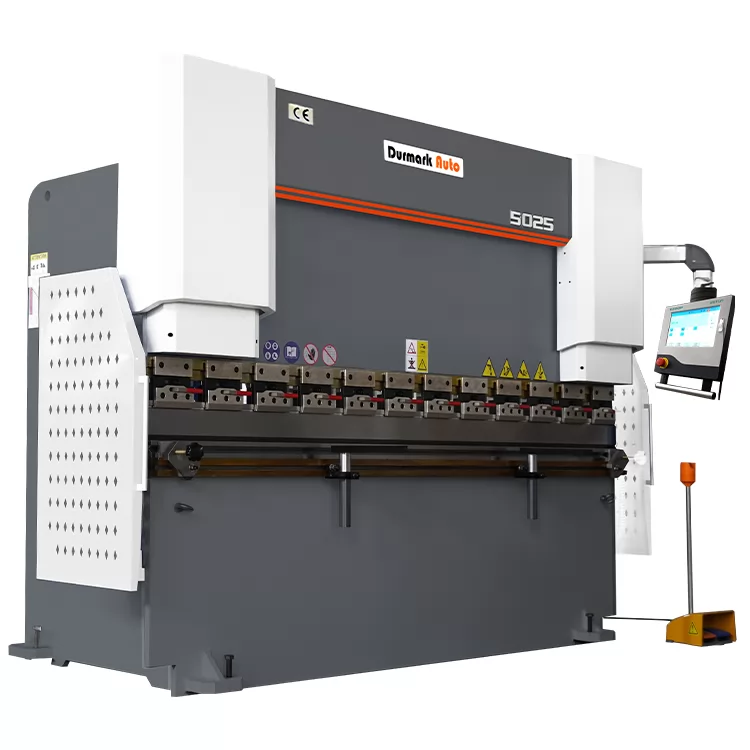 precise folding and consistent hemming; press brake machines are suitable for larger sizes and thicker metal sheets, and can achieve complex bending shapes and angles. Choosing the right machine for your specific needs ensures an efficient, precise and economical metalworking process.
precise folding and consistent hemming; press brake machines are suitable for larger sizes and thicker metal sheets, and can achieve complex bending shapes and angles. Choosing the right machine for your specific needs ensures an efficient, precise and economical metalworking process.
Consider the type of work
Before choosing a folding or press brake machine, there are differences in the type of work to consider.
Folders are ideal for the type of work that requires precise, consistent folding. It is capable of handling thin, lightweight sheet metal and provides highly precise folding operations. Folding machines are commonly used in the manufacture of components such as roofs, pans, trays, lids, and sheet metal industries that require consistent folding. If your type of work needs to focus on the folding operation and the accuracy of the folding results, a folder may be a better choice.
In contrast, press brake machines are suitable for the type of work that requires bending operations. It is able to handle larger sizes and thicker sheet metal and achieve complex bending shapes and angles. press brake machines are commonly used in the manufacture of metal products that need to be bent, such as body parts, mechanical parts, furniture and building structures. If your type of work is more focused on bending operations and achieving a variety of bent shapes, a press brake may be a better fit.
Consider cost and return on investment
Costs affect the financial viability of an investment, and the expected return on an investment provides a forecast of the profitability of the investment. Only balancing these factors is the key to making wise investment decisions.
There is a clear distinction between press brake machines and folding machines in metalworking. press brake machines are mainly used to bend metal sheets, capable of various bending shapes and angles. Folding machines are mainly used to fold metal sheets, providing highly precise folding operations. Therefore, when choosing between the two, they should be considered according to specific needs and job types. press brake machines are for jobs that require complex bends, and folders are for jobs that require consistent, precise folds. Understanding their features and capabilities will help in choosing the right machine for efficient, precise and quality-assured metalworking.
The cost-effectiveness of a bending or folding machine depends on the needs of your specific operation. Due to its versatility, press brakes are more cost-effective in complex bends and small patch production. On the other hand, folding machines are more cost-effective for larger parts and large patches.
The speed depends on the particular machine tool and the complexity of the workpiece. The folding machine can perform simple bends quickly because it can handle large components and multiple bends in one cycle. However, a press brake may be faster in complex bends and smaller parts.
.png)


